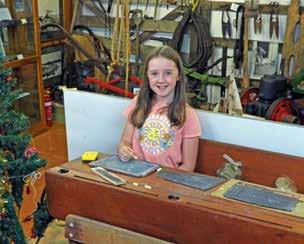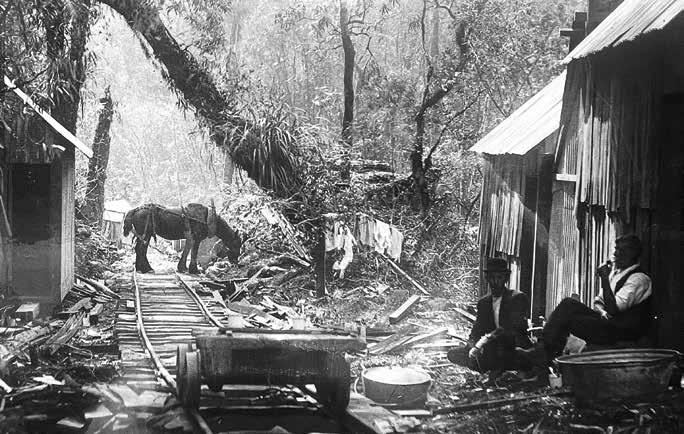
6 minute read
Air Chats Autumn 2023
Way out West
Historic images courtesy of the Huia Settlers Museum
Advertisement
The City of Sails has a pretty storied past; it has served as the capital of the colony, has been a battleground and boomtown, and it is now our largest city. But for a more manageable glimpse into the rough and tumble colonial history of the region – and our country – head out west to the wild Waitākere Ranges, for stories tall and true and characters as mad as gum diggers’ dogs.
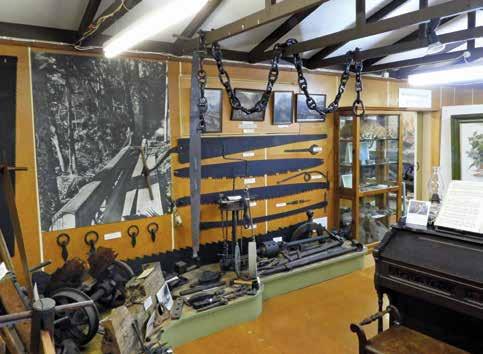
It’s easy to see how Waitākere, ‘wave-swept rock’ in te reo Māori, got its name if you’ve ever visited the western beaches and settlements. These popular destinations have been the inspiration for writers and artists of so many callings: Jane Campion’s The Piano was filmed there, Crowded House recorded there, and infamous prison escapee George Wilder – a con-artist but an artist of sorts none the less – made himself welcome in baches there while half the New Zealand police force worked to put him back behind bars.
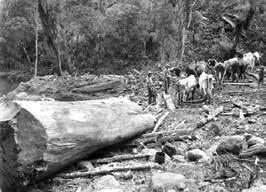
Bullock team hauling kauri logs, Waitakere Ranges
Today the beaches and ranges have a well-earned reputation for attracting those wanting to escape the rat-race and embrace the environment, but it wasn’t always this way. The early colonial settlers certainly had their eyes on the native flora and fauna, but for very different reasons. The ranges, and the coastal settlement of Huia in particular, were crowded with mighty kauri and other native timbers that were coveted for house and furniture construction, by the ship building industry, and – perish the thought – by miners for bracing and the railways for sleepers.
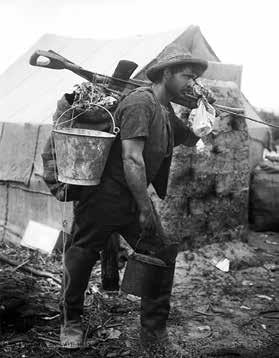
A typical prospecting gumdigger
“Timber Fever” took hold, and the settlers set about stripping the hills bare, first with long, razor sharp pit saws drawn by hand, then from the late 1830s with sawmills powered by water wheels or steam. ‘Kauri dams’ were created to build up a head of water which, when tripped, would sluice tons of logs down gullies to where they could be shipped to Auckland, light ‘tramway’ rail lines were constructed to move sawn timber, and it is estimated that up until the beginning of the 20th century kauri was being milled at an incredible rate of 236,000m3 per annum.
And it wasn’t just the timber. Kauri gum made exceptional varnish - particularly for coaches and coffins it is said! - and was almost as prized as gold, with both Māori and Pakehā joining in fevered gum digging.
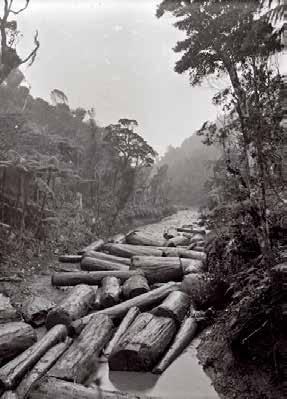
Kauri Log Dam
It was hard yakka, even harder than saw milling; some of the best sources of gum were in swamps, which meant days of muddy work, with the diggers constantly wet and living off subsistence rations literally in holes in the ground covered with sacking; and all of this with no guarantee of a haul that would pay for your food let alone make you rich. The gum diggers, who were mostly from Dalmatia on the Adriatic Coast, were considered mad – and their dogs more so for not deserting their masters, which is the source of the saying. Many of the ‘Dallies’ as they were known would go on to found the New Zealand wine industry, a much more lucrative endeavour for these hardy souls who had journeyed across the globe.
It wasn’t just people who washed upon our shores however. In 1861 the largest sperm whale seen in local waters was found at Whatipū Beach and conjecture immediately began about whether it was the same whale that had attacked the whaling ship Essex, which was the inspiration for Moby-Dick, as it was of a whiteish tinge and bore the scars of multiple harpoon strikes.
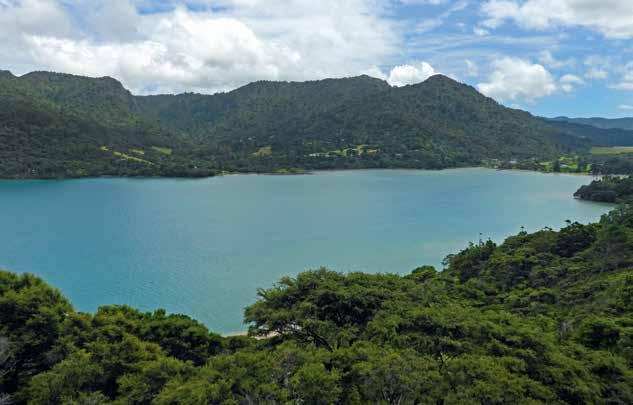
Overlooking Huia Bay
Soon the hapless whale had also been blamed for several other sinkings and people came from far and wide to see it. After a few days in the sun however, it began to putrefy, and it was reported that the stench could be detected as far away as Titirangi! Fortunately, another huge storm soon blew in and carried the rotting corpse back out to sea.
Two years later in 1863 an even more tragic tale unfolded. HMS Orpheus, flagship of the Australian Squadron and enroute to Manukau from Sydney, struck a sand bar at Whatipū and was turned by the surf to face the full force of the ocean.
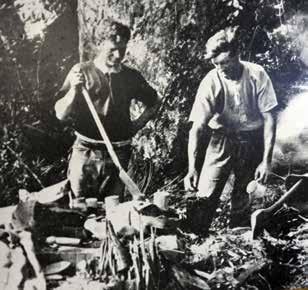
The crew attempted to abandon ship, but hatches burst and cabins were shattered as the west coast weather hammered the wreck. 189 of the ship’s compliment of 259 died, with an average age of just 25.
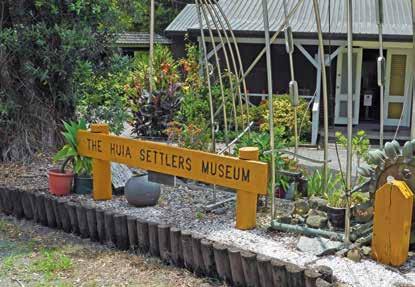
The Huia Settlers Museum

A cannon from the modern 1706-ton steam corvette HMS Orpheus
On a good day out west it’s hard to imagine the hard lives the early colonials had to endure, but a great way to take a trip back into past is to pay a visit to the Huia Settlers Museum (open Saturday and Sunday’s). Since 1984 it has been collecting, preserving and displaying items that represent the way of life of the early settlers of the Huia and surrounding districts of the Waitākere Ranges, and the collection of artefacts, domestic items, agricultural tools, sawmilling equipment, marine items - they even have the mast of the Orpheus! - and photography is fascinating.
So pack up the family and go westthe ghosts of gumdiggers, the echoes of timber fever and shipwrecks await!
